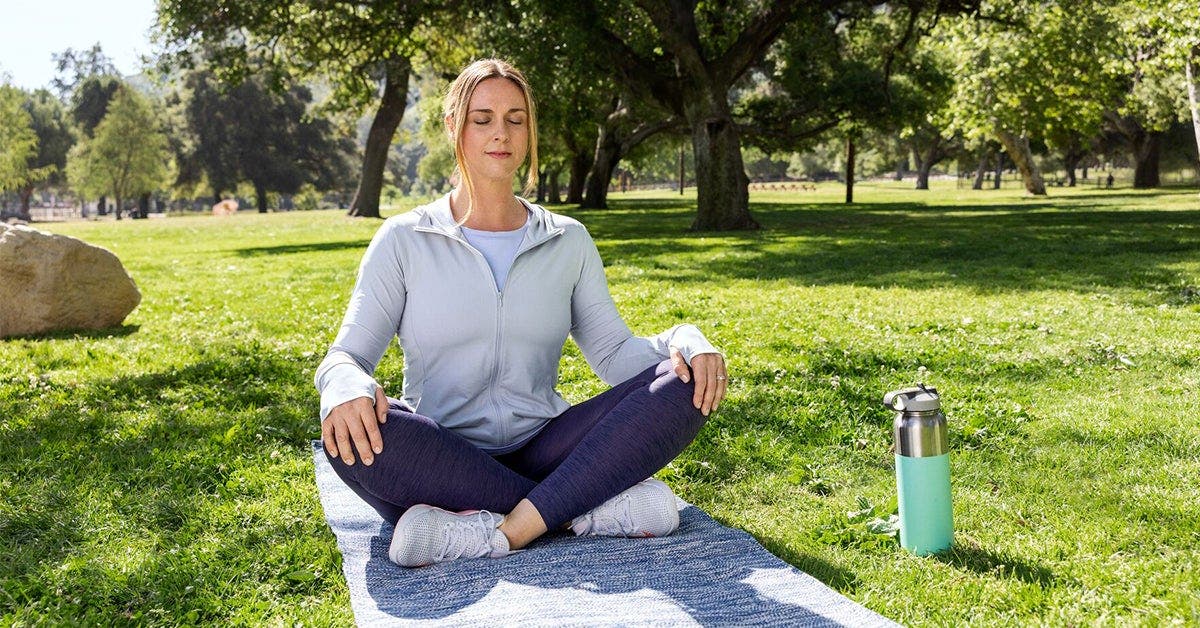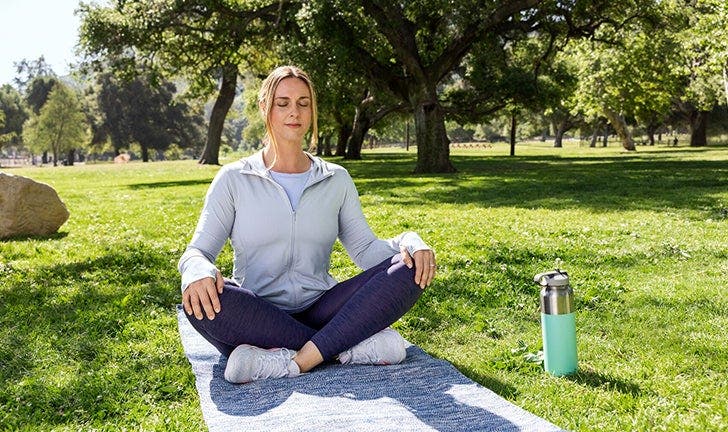Embracing Slow Movement


Slow and steady wins the race, or so some people say. But there’s some truth to the old adage, and some value in embracing slowness when it comes to exercise.
“Don’t be fooled by the name,” says Safe Sweat founder Andrea Kloegman. “Slow movement exercise can be surprisingly effective.”
Kloegman says that yoga, Pilates, and stretching are all workouts that embrace slow movement, but one of her favourite slow movement workouts is weight training.
“It allows me to focus, move with purpose and make every moment in my workout count.”
Jenni Tarma, an ERYT500 and Yoga Medicine® therapeutic specialist, explains that slow movement can also be used to increase our capacity for strength-building.
“This is most typically done in the form of eccentrics, often also referred to as ‘tempo work’ or ‘negatives.’ An example of this would be doing a squat but performing the ‘lowering down’ portion of the movement slowly, as though you’re resisting gravity on the way down.”
The eccentric phase of the movement, she explains, is where we have the most potential for strength-building, “so really milking that can give you a lot of bang for your buck.”
The principle applies to any other movements, she says: You can turn a push-up into an eccentric exercise by lowering yourself toward the ground as slowly as possible, and a pull-up becomes even more effective when you actively use your muscles to control the descent, rather than letting gravity assist you.
Kloegman adds that slow movement workouts are good for beginners who need to learn how to get their form right to prevent injury and get the most out of their workout, but fitness experts can also benefit from the intentional movements of a slow workout.
“Performing an exercise the right way often leads to people decreasing the amount of weight that is needed during the exercise. When we focus on form, you can often get a better result with less resistance. Adding slow stretching and breathing also allows you to be more present and in tune with your body during your workout.”
Becoming more present with your body is a key part of other types of slow movement as well.
“In movement modalities like yoga or tai chi, moving slowly is one of the things that allows us to tap into the meditative state associated with these activities: lingering in each shape and transitioning with care and control to the next one allows us the space and time to really notice how we’re feeling in our bodies,” says Tarma. “Being able to tune into this introspective headspace has many benefits, including developing better body awareness and balance, reducing stress, and improving co-ordination and muscular control.”
Tarma adds that slow movement even plays a role in running, something we might typically think of as fast or higher intensity.
“Especially for endurance runners, a large percentage of training is done at ‘conversation pace’, a speed that, in theory, allows you to easily chat with a training partner without getting excessively out of breath,” Tarma explains. “On the surface, it might not seem like this type of training would translate to faster race times. But in reality, slower-paced runs are where we build the foundational strength and capacity which then allows for speed and power to be layered on, and it’s therefore crucial to overall performance and athletic longevity.”
While it’s important to take part in other types of activity as well, incorporating slow movement into your exercise routine can help your overall results, your physical and mental health, and your enjoyment of your workouts.
“Workouts can get boring if you only do one kind of fitness training, not to mention it can be unsustainable and lead to burnout,” Kloegman says. “Mix it up and find what works best for you physically. You definitely want the high-intensity workouts to ensure you are keeping your heart rate up and burning maximum calories, however, moving too quickly during stretching or heavy lifting can also lead to increased injuries. We always recommend that you do everything in moderation.”
Depending on your goal, she says, if you are working out three days a week, dedicate at least one of those days to ensuring you are doing things correctly. She also recommends taking the time to focus on your breathing.
“If you add slow movement workouts to your routine, you will see an impact on your mental wellness too,” Kloegman says.
“Working out is about so much more than the physical. We want to make sure our mental health is taken care of as well, so slow down, breathe and stretch. Your body will thank you.”
